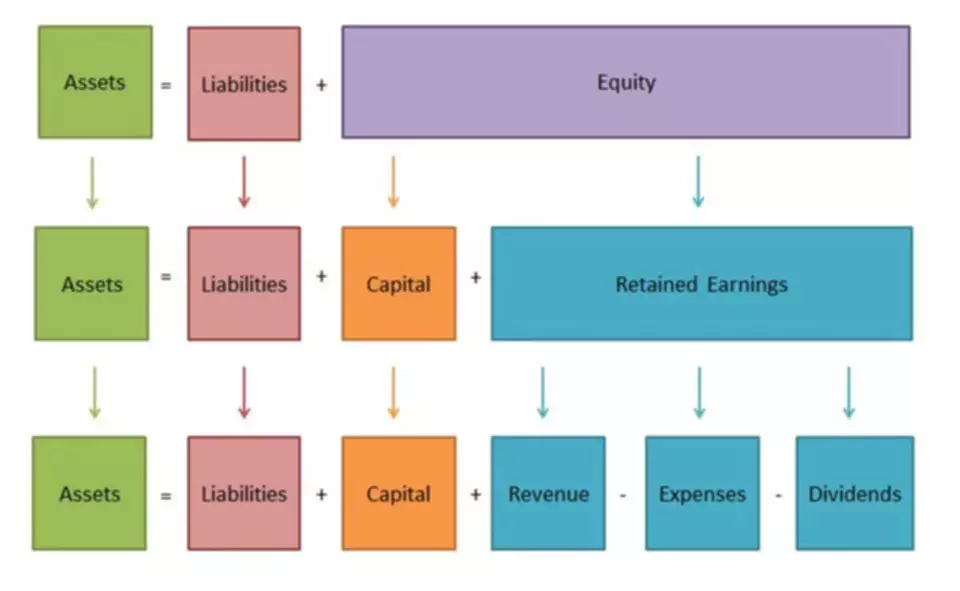Content

It refers to the presentation of all the transactions and the disclosure of all the events in the financial statements and confirms that they have occurred and are related to the entity. This type of assertion confirms that all the transactions have been classified and presented properly in the financial statements. It pertains to the confirmation that the entity has the right to ownership of the assets and obligations for the liabilities recorded in the financial statements. Existence – All account balances for the assets, liabilities and equity balances exist at the end of the period.
What are assertions ACCA?
Transactions include sales, purchases, and wages paid during the accounting period. Account balances include all the asset, liabilities and equity interests included in the statement of financial position at the period end.
The audit assertions above are used in three different categories. Bank deposits may also be examined for existence by looking at corresponding bank statements and bank reconciliations. Auditors may also directly contact the bank to request current bank balances. Financial statements are written records that convey the business activities and the financial performance of a company. You can test the authenticity of the existence of the assertions by physically verifying all noncurrent assets and receivables. All assets, liabilities, and equity interests should have been recorded. Presentation and disclosureOccurrence — the transactions and disclosures have actually occurred.
This article can be found in the category:
One reason for not proceeding with an https://www.bookstime.com/ is that the inability to obtain a management assertions letter could be an indicator that management has engaged in fraud in producing the financial statements. Management is including certain bank accounts in the financial statements that don’t actually belong to the legal entity being audited. Certain characteristics of the financial statements that are implicit or explicit management assertions. Each type provides some level of assurance regarding specific assertions in an audited statement or process being reviewed.
- Occurrence – All events and transactions disclosed in the financial statements have actually occurred.
- If we are worried about this assertion for a specific account, we are worried that the account is understated (i.e., we are worried that there are transactions that were forgotten and didn’t get recorded).
- Assertions about assets, for example, can include information such as whether all assets are properly accounted for and valued correctly.
- What are the two assertions for which confirmation of accounts receivable balances provides primary evidence?
- These procedures include identifying and confirming client information, performing analytical procedures, examining information systems, inquiring with management and analyzing documents.
True assertions must be backed up by evidence, as this helps determine their accuracy. A Type I assertion is a statement that is true without any verification, as it can be proven with existing data and accepted facts.
Valuation
They are based on facts, but involve a certain management assertions of judgment or opinion that is not necessarily objectively verifiable. Type II assertions often require an outside expert to make a determination as to the validity of the assertion. Examples include statements such as “the system is secure” or “the design meets all requirements”. Type II assertions are typically used by organizations when making decisions about investments, risk management, and compliance with standards and regulations. It is about the fact that all the transactions which were supposed to be recognized have been recorded in the financial statements entirely and comprehensively. Accuracy – All transactions, events and balances have been correctly reported and reflect their accurate values.
ENZON PHARMACEUTICALS, INC. Management’s Discussion and Analysis of Financial Condition and Results of Operations (form 10-K) – Marketscreener.com
ENZON PHARMACEUTICALS, INC. Management’s Discussion and Analysis of Financial Condition and Results of Operations (form 10-K).
Posted: Thu, 16 Feb 2023 21:11:06 GMT [source]
